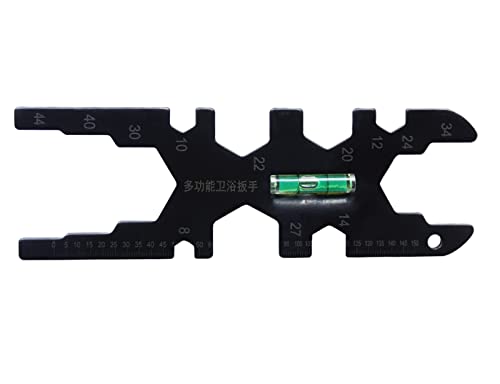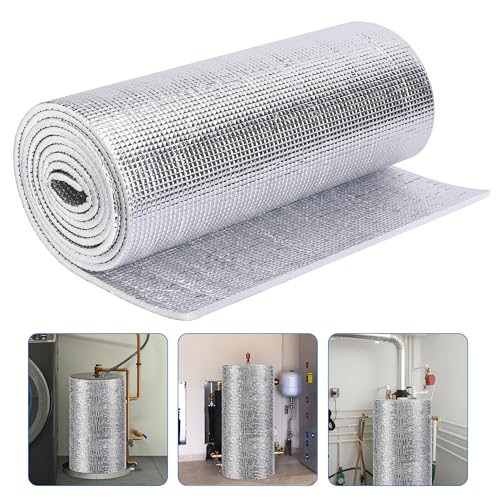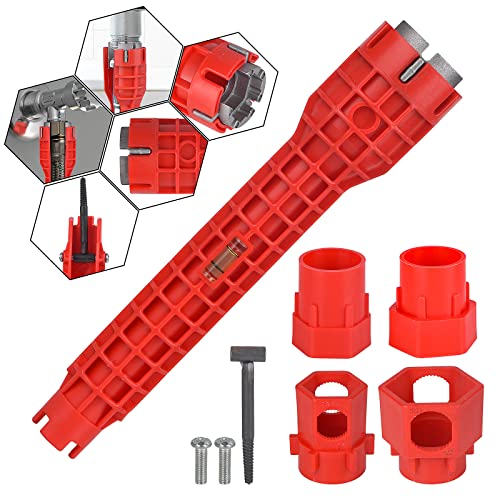As with any water system, the pressure tank is not for storing water. The purpose of the pressure tank is to limit the on/off cycles for intermittent uses of water. The CU301 controller is supposed to start the SQE pump when the pressure falls 7 PSI below the setpoint, and fill the tank 7 PSI above the set point before the pump shuts off. But it doesn't wait for the pressure to drop 7 PSI if the pressure is falling fast. Even if you could count on the 14 PSI bandwidth, you still can't count on a pressure tank having any water when the power goes off. If you knew the power was going off and cycled the pump to make sure the tank was full, a 20 gallon size tank would have about 3.5 gallons to use as the pressure falls 15 PSI after a power outage. But not knowing when the power is going off the tank may only have a cup of water left and the pump was about to start. A 5 gallon jug of water in the closet is better insurance for having water when the power goes off. A backup water supply or a generator to keep the pump running is the only way to be sure and have water during emergencies.
What I normally see happen with the CU301 controllers is they loose the connection with the pump/motor. When this happens they resort to working like a regular pressure switch with 15 PSI between on and off. After a thousand cycles, if it hasn't mad connection, it will finally show the "lost connection" fault.
The book says it should work with a larger tank. But I have heard from many people with the same problem. I think the CU301 sees the larger tank as additional load that is using very little water and tries to deal with it by reducing the pressure.
The pump has become known to be fairly reliable when used with as an SQ with a regular pressure switch. But the CU301 is known to give problems and not last very long. Replacing the CU301 with a regular pressure switch and using a Cycle Stop Valve to deliver the constant pressure needed makes the SQ pump more reliable and longer lasting.
https://cyclestopvalves.com/pages/vfd-repair-kit




















































